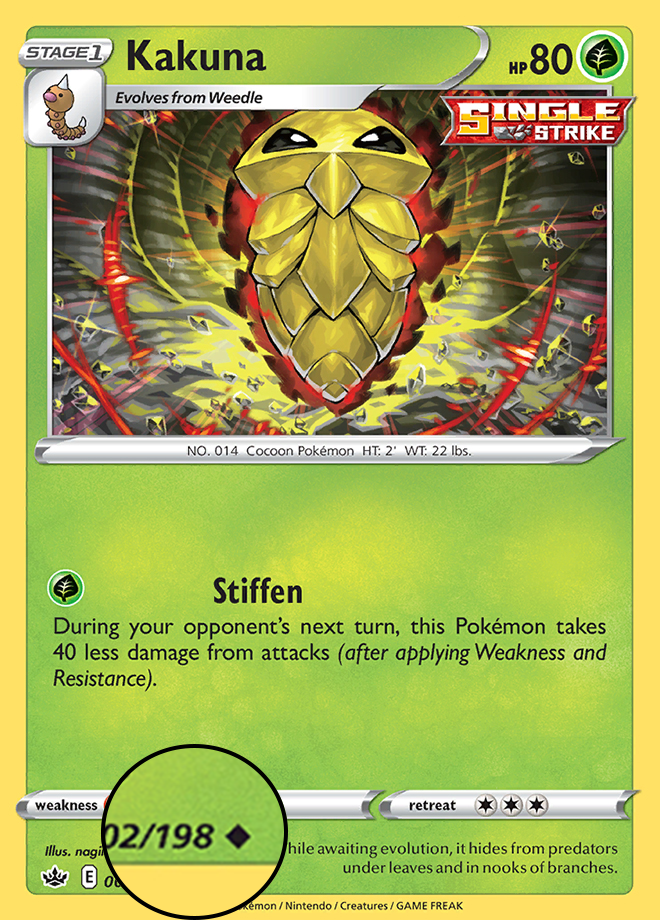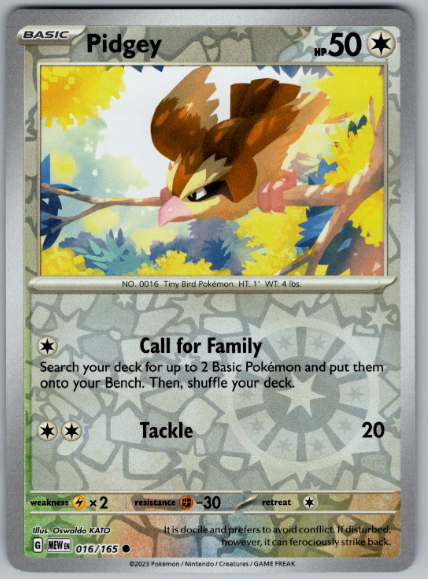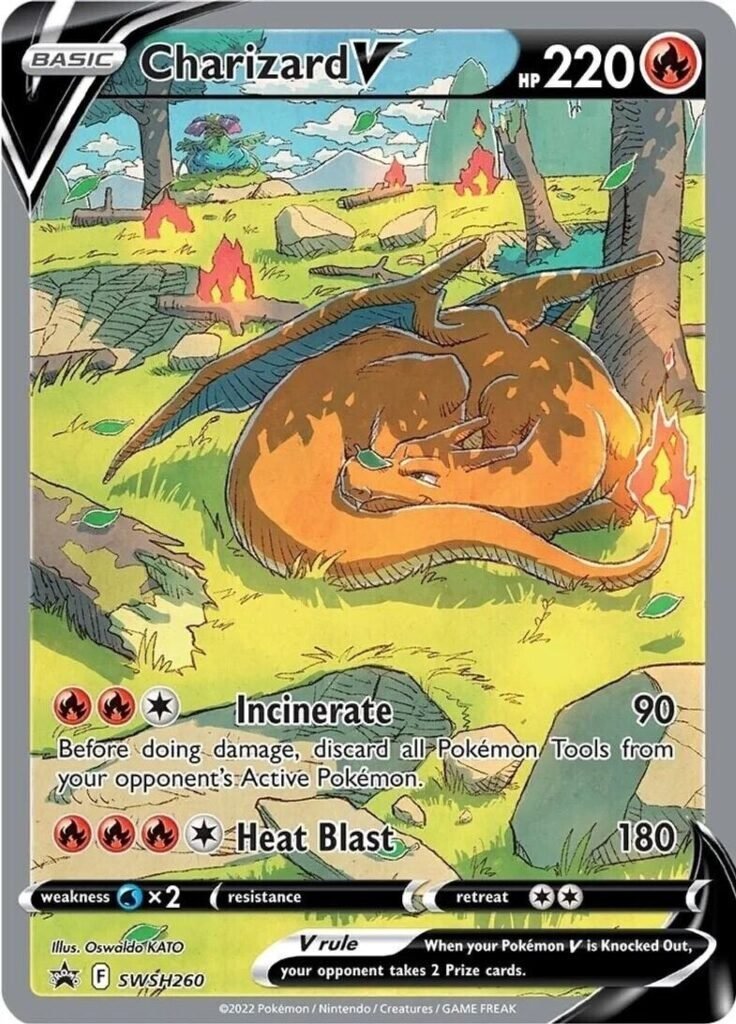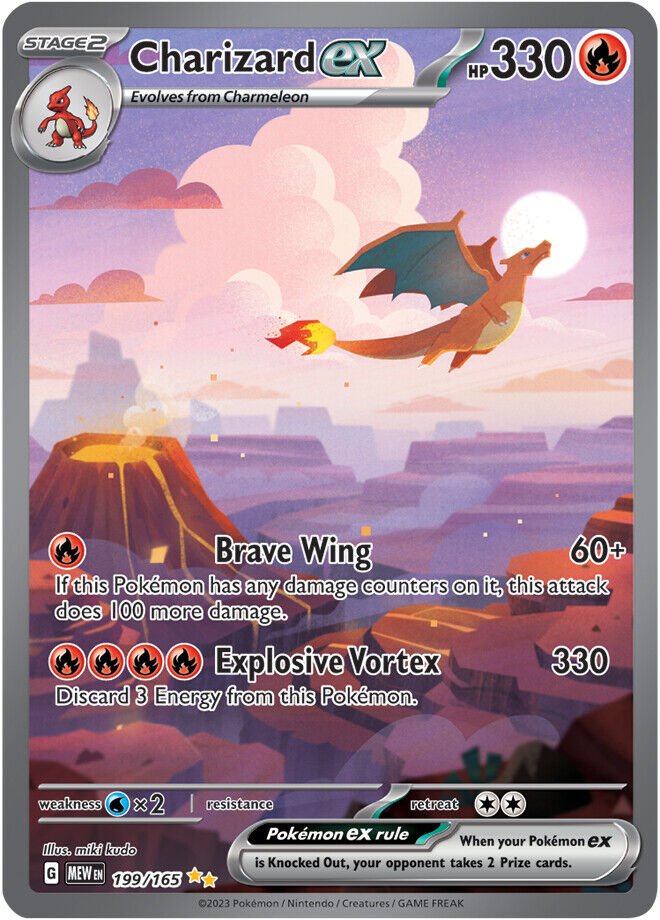The Pokémon Trading Card Game (TCG) has captivated players worldwide since its inception in 1999. With a continuously growing assortment of cards, understanding the various rarity types and identifying them is essential for collectors and players alike. This article serves as an informative TCG Rarity Guide, exploring the different rarity symbols and card rarities, and helping you determine the value and rarity of your own cards.
As the Pokémon TCG evolves over time, newer rarity types such as V, VMAX, EX, and Amazing Rare cards have emerged, adding to the complexity and allure of the game. Additionally, alternative art variations and other rarities contribute to the expansive and diverse world of Pokémon cards. With this guide, even beginners can confidently recognize and appreciate the rare treasures that lie within their collections.
Key Takeaways For Our TCG Rarity Guide
- Understand the different symbols and rarity types in Pokémon TCG
- Recognize the value and rarity of your own Pokémon cards
- Stay updated on newer rarities and variations as the game evolves
Rare Pokemon Cards
In the Pokémon Trading Card Game, cards come with varying levels of rarity, making some more collectible and valuable than others. Pokémon officially labels cards as Common, Uncommon, Rare, and Promo on the card face, with distinct symbols found at the bottom of each card:
 – Circle: Common
– Circle: Common – Diamond: Uncommon
– Diamond: Uncommon – Star: Rare
– Star: Rare – Black star with a capital “P”: Promo
– Black star with a capital “P”: Promo
The Rare symbol (star) is used for every other rarity above the Rare level, including Holo Rare, Ultra Rare, and Secret Rare cards. As the TCG evolved, new rarity types were introduced, such as Full Art Trainer, Alternative Art, and Secret Rares. Remember that rarity plays a significant role in the value and collectability of Pokémon cards, making rarer cards more sought after by collectors and players alike.

Rare Holos and Reverse Rares
Reverse Holographic Cards
In the world of Pokémon cards, Rare Holographic cards used to be the rarest ones you could pull from sets like Base Set and Jungle Set. However, today, Rare Holographic cards are quite common compared to some of the rarest cards available in modern sets.
All Rare Holographic cards have the Rare star symbol. In recent Pokémon TCG sets, collectors can find a different type of rarity called Reverse Holo. The distinct feature of this card variation is the holographic pattern on the card’s face, which is the reverse of traditional holographic rares: their images are free from the holo effect, and only the outer contents are holographic.

The modern Pokémon Sets, such as Fusion Strike, Evolving Skies, Chilling Reign, and Vivid Voltage, include cards of Rare Holo rarity or lower that can also be Reverse Holo cards. It’s important to note that most Booster Packs contain a guaranteed Reverse Holo, but there are rare cases where the Reverse Card is replaced with a higher rarity or there is an error with the pack.
V, VMAX, EX and Amazing Rare Cards
In the Sword & Shield series, modern rarities like Pokemon V and Pokemon VMAX cards emerged, replacing the GX rarity cards from the Sun & Moon series. These rarity types often appear as Rare Holo V and Rare Holo VMAX, and occasionally as Rare Ultra cards, taking the form of Rainbow Rares, Vs, and VMAX.
Throughout the series, other rarities, such as Rare Prime, Rare Holo LV, and EX, have been similarly distributed within sets. However, direct comparisons between rarities are challenging, as each set features them differently.



In summary:
- Pokemon V: Replaced GX cards, has its own rarity
- Pokemon VMAX: Introduced in Sword & Shield, also has its own rarity
- EX: Similar distribution as V and VMAX, but found in different sets
Remember, these modern rarities significantly impact both the gameplay and collectible aspects of the Pokémon Trading Card Game. Practice discerning the rarity of various Pokémon cards to enhance your experience and better navigate the trading world.
Rare Ultra, Rainbow Rare, and Secret Rare
Rare Ultra


Rare Ultra cards generally refer to the Full Art cards found in the Pokémon TCG. These cards typically appear towards the end of a set, after the trainers, and continue until the end. They can be categorized into different types, which include the following:
- Rare Ultra – standard full-art cards
- Secret Rares – any card outside the normal numbered list
- Rainbow Rare – each card has a rainbow hue effect
- Gold Secret Rare – each card has a gold effect
All Rare Ultra cards are Full Art cards, meaning the card art covers the entire surface of the card. While VMAX cards are always classified as Full Art, regular V cards are typically not 100% full-art, whereas Ultra Rare V cards are.
Secret Rare


Secret Rare cards are unique Pokémon cards that are not part of the “official” numbered card list of a set. To identify a Secret Rare, look at the card number at the bottom. If the card number is higher than the set card number, it’s a Secret Rare. These cards can also exist as:
- Rainbow Rare – The focus character of the card has a rainbow hue.
- Gold Secret Rare – The entire card has a gold effect.
In summary, Rare Ultra, Rainbow Rare, and Secret Rare cards represent a higher level of rarity and collectibility within the Pokémon TCG. Identifying these cards involves examining their appearance, card numbers, and whether they belong to an official set list.
Alternative Art Pokemon TCG Cards

Alternative Art cards are a distinct category of Rare Ultra and sometimes Secret Rare cards in the Pokemon Trading Card Game. These cards feature unique artwork that deviates from the standard art style found within a particular set. Although easily recognizable in most cases, they can sometimes be mistaken for regular cards. Not all sets contain Alternative Art cards, like Vivid Voltage, while others, such as Battle Styles, may include Secret Rare Alternative Arts.
Other Rarities
In addition to the standard rarities in the Pokémon TCG, there are other rarities originating from older and more obscure sets. Some notable examples include:

- LV.X: Rare and powerful cards featuring Pokémon with enhanced abilities.
- Trainer cards: Special cards with various effects that can support a player’s Pokémon during a game.
- Base Set: The first Pokémon TCG set, featuring unique and highly sought-after rarities.
Promotional cards, often obtained at events or through limited-time rewards, may not adhere to traditional rarity rules.
Frequently Asked Questions
What determines the value of a Pokemon card?
The value of a Pokemon card is determined by several factors, including:
- Rarity: Rarer cards are generally more valuable.
- Condition: Cards in mint or near-mint condition are worth more than damaged ones.
- Demand: Certain cards are more popular and desirable among collectors, increasing their value.
- Age: Older cards, especially from earlier sets, are often more valuable.
What are Secret Rare Pokemon cards?
Secret Rare cards are extremely rare and highly sought-after cards in the Pokémon TCG. They have a higher number in the set than the total number of cards listed and often feature alternate artwork, special holofoil patterns, or unique card designs, such as Gold or Rainbow cards.
What is the difference between Rare Holo and Reverse Holo cards?
Rare Holo cards have a holographic (shiny) image, whereas Reverse Holo cards have a holographic background, but a non-holographic image. Both types of cards are more valuable than their non-holo counterparts.
How do I recognize a rare Pokemon card?
To recognize a rare Pokemon card, check the following:
- Rarity symbol: A small symbol near the bottom of the card indicates its rarity (circle for common, diamond for uncommon, star for rare).
- Set symbol and number: The set symbol and card number can help identify the card and its rarity within a specific set.
- Holographic effects: Holographic images or backgrounds typically indicate a higher rarity level.
What are the Pokémon TCG rarity symbols?
The Pokémon TCG rarity symbols indicate the rarity of a card:
- Circle: Common
- Diamond: Uncommon
- Star: Rare
- Star with a “shiny” holographic effect: Rare Holo
- Star with a “colorful” holographic effect: Ultra Rare
- Star with an “intricate” holographic effect: Secret Rare
What is the highest rarity level for Pokemon cards?
The highest rarity level for Pokemon cards are Secret Rare cards, which are extremely rare and highly sought-after by collectors. They often feature special artwork, holofoil patterns, or unique designs such as Gold or Rainbow cards, making them more valuable than other rarity levels.

Hi there! I’m Felix Gonzalez and I am the owner of Card Collecting Insider, and I’m thrilled to welcome you to my site! With our tagline “Uncover the Art of Collecting, One Card at a Time,” I’m here to provide you with expert insights, valuable resources, and the latest trends in the world of card collecting. Whether you’re a seasoned collector or just starting out, I’m dedicated to helping you discover hidden gems and sharing insider tips to elevate your collection. So join me on this exciting journey, as I dive deep into the captivating realm of card collecting. Let’s unlock the true beauty of these collectible treasures together!

